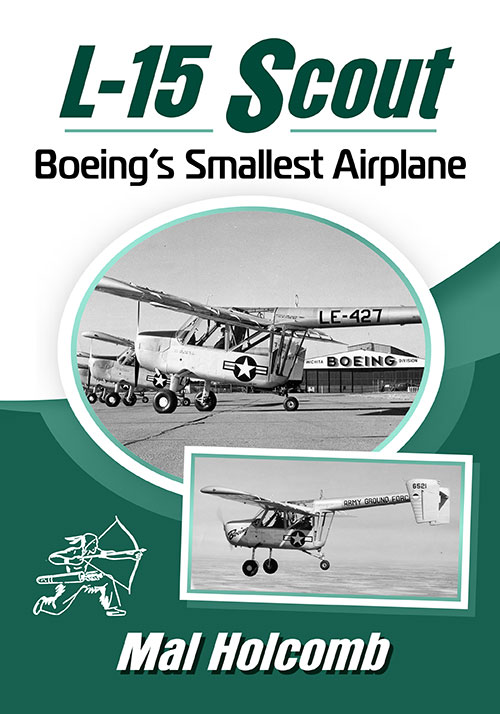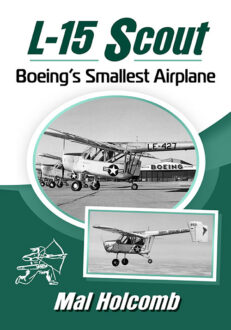L-15 Scout
Boeing’s Smallest Airplane
$39.95
In stock
About the Book
As World War II drew to a close, Boeing, realizing that its huge Wichita factory would be out of work at war’s end, began working on a light personal airplane. It nabbed the contract for what became the L-15 Scout despite the plane’s third-place finish in a 1946 U.S. military liaison aircraft competition. Although the aircraft ultimately was not mass produced, Boeing’s engineers created proposals for both military and civilian follow-ups. This book tells for the first time the full story of the L-15—the competition and the competitors, the evolution of Boeing’s entry into the prototype XL-15, the plane’s specifications, the rivalry between the U.S. Army and Air Force, and the government’s decision to adopt a different plane instead.
About the Author(s)
Bibliographic Details
Mal Holcomb
Format: softcover (7 x 10)
Pages: 260
Bibliographic Info: 183 photos, appendix, notes, bibliography, index
Copyright Date: 2024
pISBN: 978-1-4766-9285-2
eISBN: 978-1-4766-5069-2
Imprint: McFarland
Table of Contents
Preface 1
Introduction 3
Abbreviations 5
1. Post–World War II Outlook for Personal Aviation 7
2. Boeing Looks at a Light Personal Airplane 16
3. XL-15 Liaison Aircraft Competition 29
4. Boeing’s Winning Entry 54
5. XL-15 Testing and Design Refinement 64
6. Performance 93
7. Airframe 106
8. Propulsion 126
9. Landing Gear 138
10. Systems 146
11. Weights 175
12. Ground Handling and Maintenance 183
13. Boeing Pilot Comments on the YL-15 194
14. USAF YL-15 Accelerated Service Test 209
15. The Army, the Air Force, and the L-15 217
16. Boeing’s Projected Follow-on L-15 Versions 231
Appendix: L-15 Design Patent 237
Chapter Notes 241
Bibliography 249
Index 253





